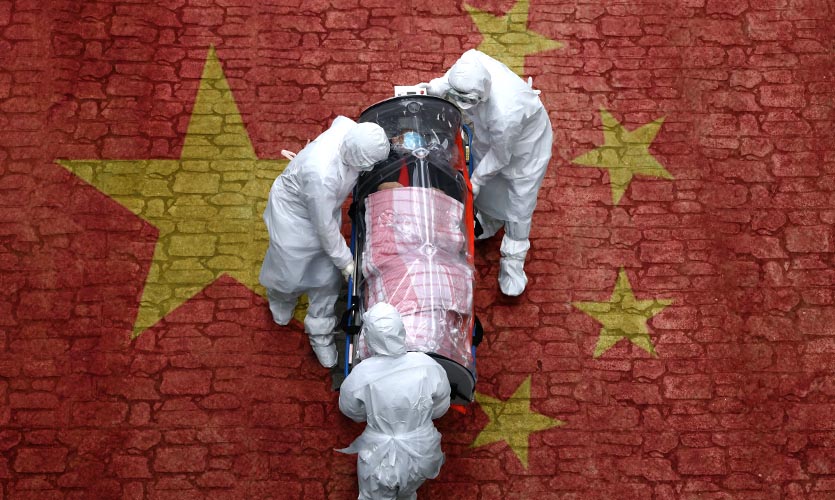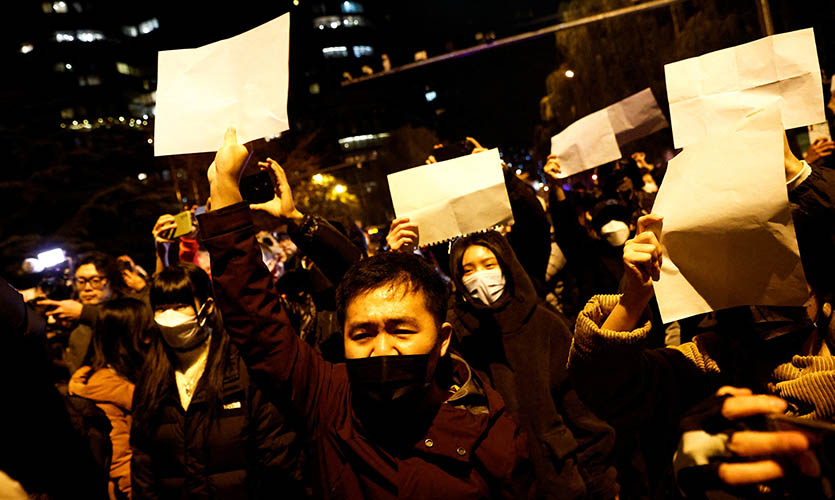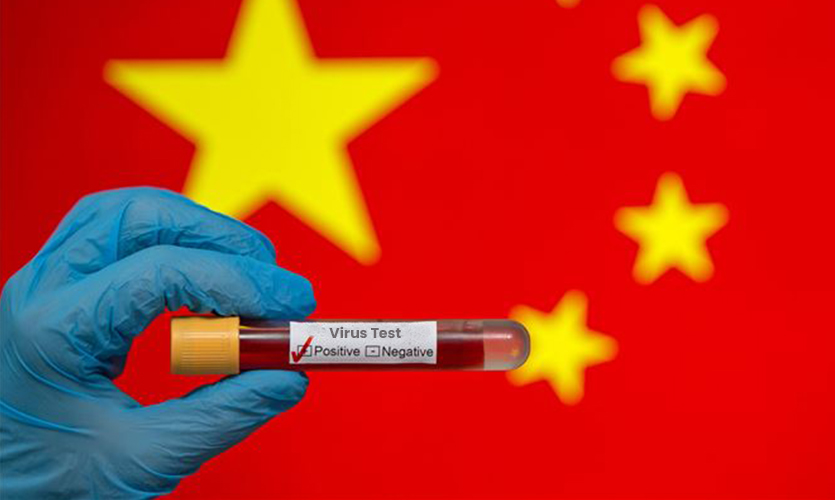Terrified of the sudden surge of cases in the country, millions of young Indians have been racing to get vaccinated against COVID-19 after the nation opened up its immunization campaign to all adults above 18, earlier this month.
However, the program came with conditions, such as compulsory online registrations for people aged 18 to 44. This left out a major chunk of the population that does not have smartphones or internet access, especially in remote and rural areas.
Numerous states are now dealing with vaccination shortages, which means there are only a small number of slots left for up to 600 million individuals in the 18-44 years age group who are currently eligible for vaccination.
“It was… a rollercoaster of emotions,” 19-year-old New Delhi resident Ananya Maskara told AFP of her frantic search to find a slot online or app vaccination portals. “It was really difficult… A lot of my friends haven’t gotten a slot until now and they are still waiting.” According to multiple reports, having a spot in the extended vaccination campaign, which is now troubled by delays and political squabbles, has gradually become a first come first serve process.
Some states have now stopped the vaccination for the younger population in order to prioritize giving the second jab to the previously vaccinated population. People on Twitter have mockingly supposed that they have better chances of winning the lottery than getting a vaccination slot in Mumbai. So far, only 3% of the country’s 1.3 billion population has been fully vaccinated. A further 10.6% has had their first shot.
Workarounds have been created by tech experts to assist users in certain cities where slots have been opening up at odd times of the day and are filled within one or two minutes. Berty Thomas, a Chennai-based hobbyist programmer, and business analyst has built a tool that sends notifications to users through the Telegram messaging app when slots in their district become available. It has now attracted over 400,000 users. “My focus right now is to expand these alerts to multiple small towns and villages across the country,” Thomas told AFP, adding that some users wanted to book for relatives in rural areas.
According to local media, some families have also traveled long distances to win slots for their young adults. Devang Bhatt, 28, told AFP that he found a slot on the outskirts of Ahmedabad after scouring the vaccine portal for days. “It was tiring, but worth it,” Bhatt said of his vaccine trip.
According to the National Sample Survey conducted in 2017-18, only 24% of Indians own a smartphone with an internet connection, and only 11% of households another device which may include desktop computers, laptops, notebooks, netbooks, palmtops, or tablets.
Read more about the infamous ‘black fungus’ surging among COVID patients in India
The digital divide is visible regardless of socioeconomic status, ethnicity, area, or place of residence. Just 2.7% of the poorest 20% of households have access to a computer, while 8.9% have access to internet services. In the case of the richest 20% of families, the proportions are 27.6% and 50.5%, respectively.
Experts have advised that the government should encourage walk-ins at vaccine centers, a move that has so far only been implemented for people over the age of 45. According to Gautam Menon, a physics and biology professor at Ashoka University, authorities should also consider “bringing vaccines to the population rather than making people come to the vaccines.” He advocated for initiatives such as mobile vaccination clinics in rural areas.










